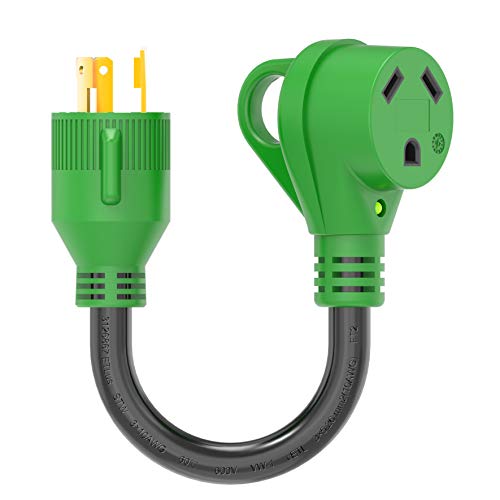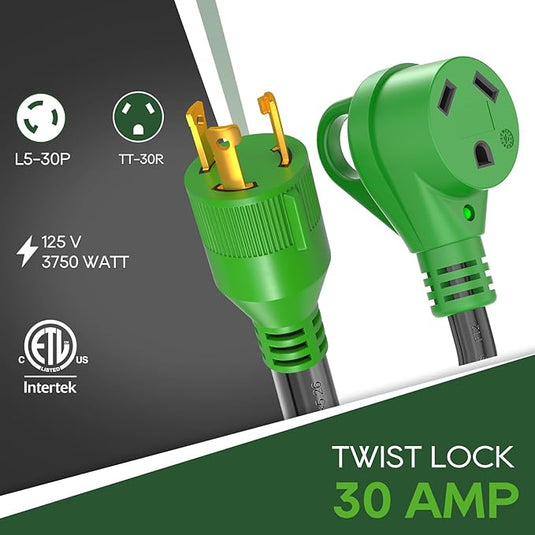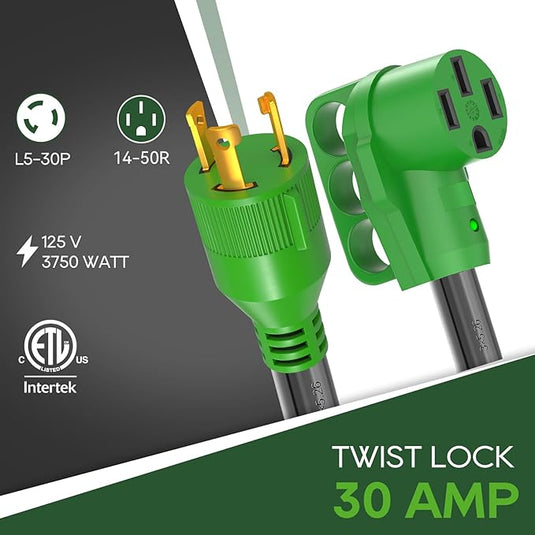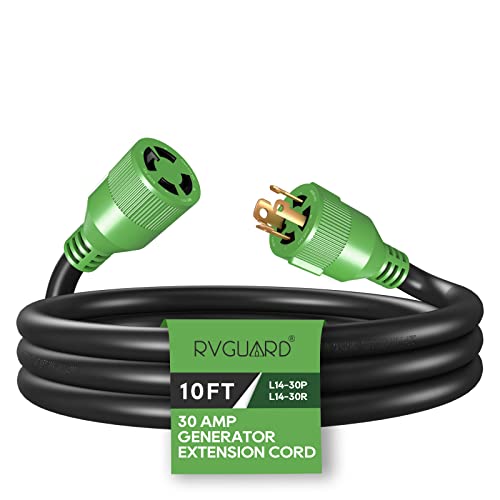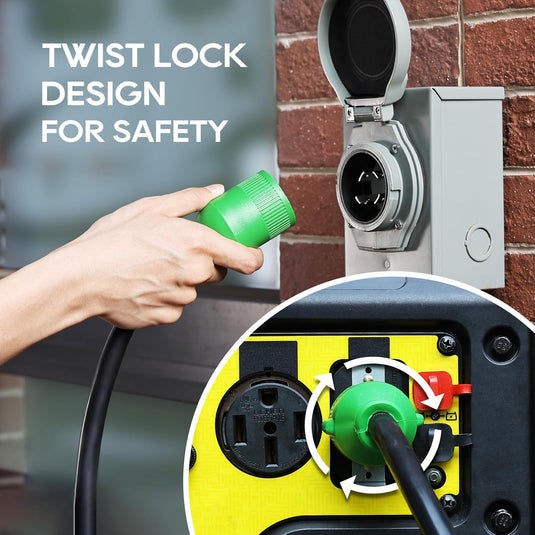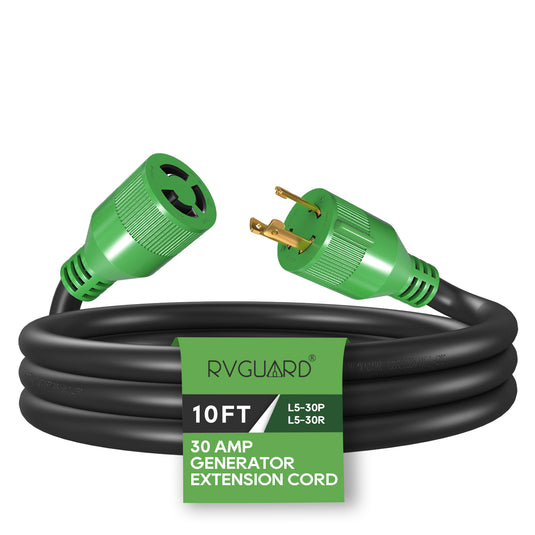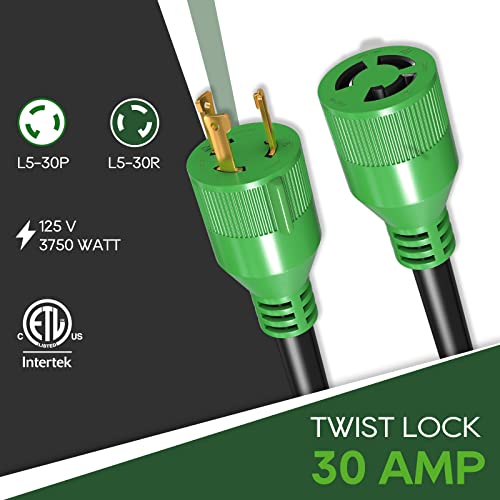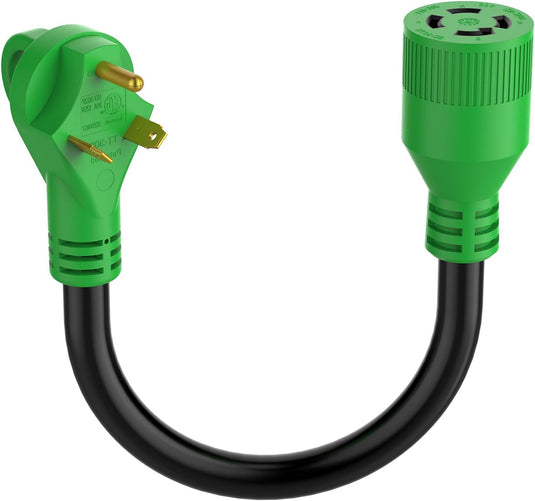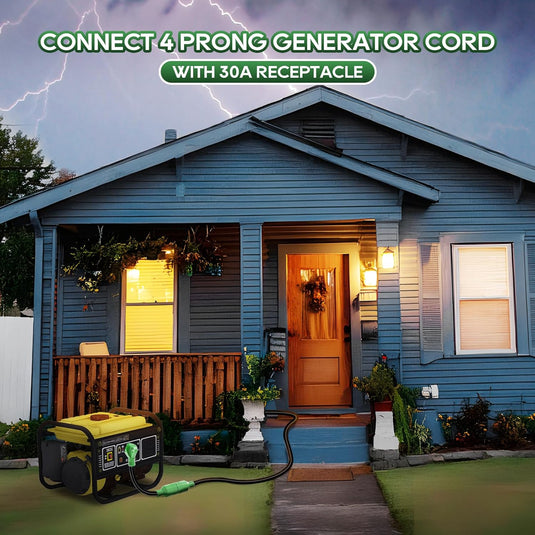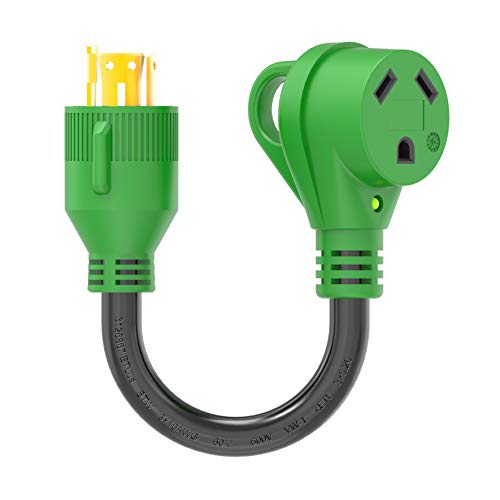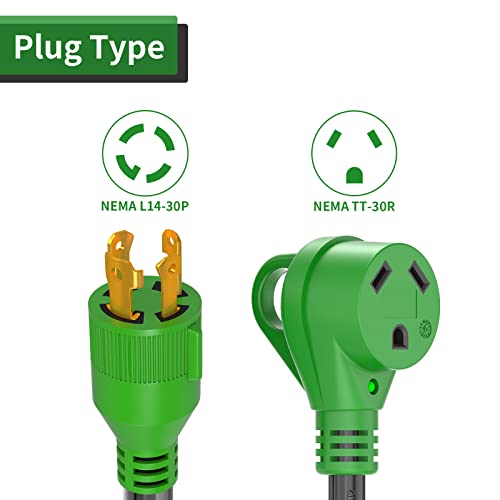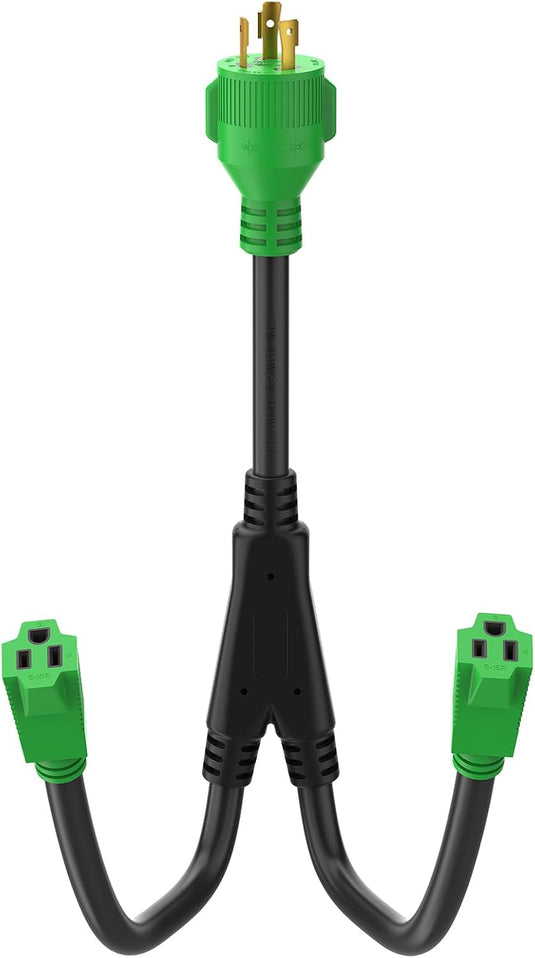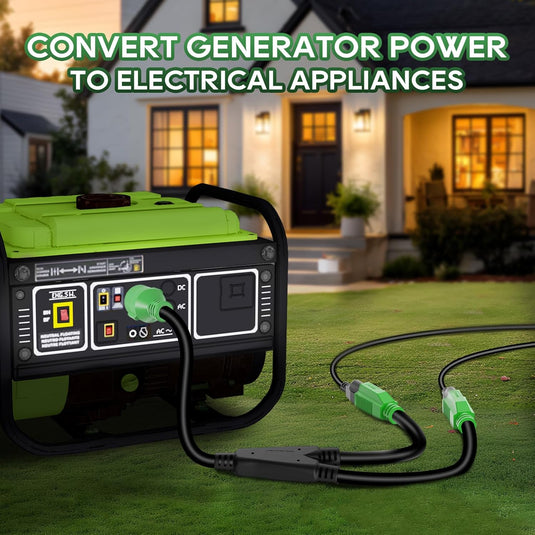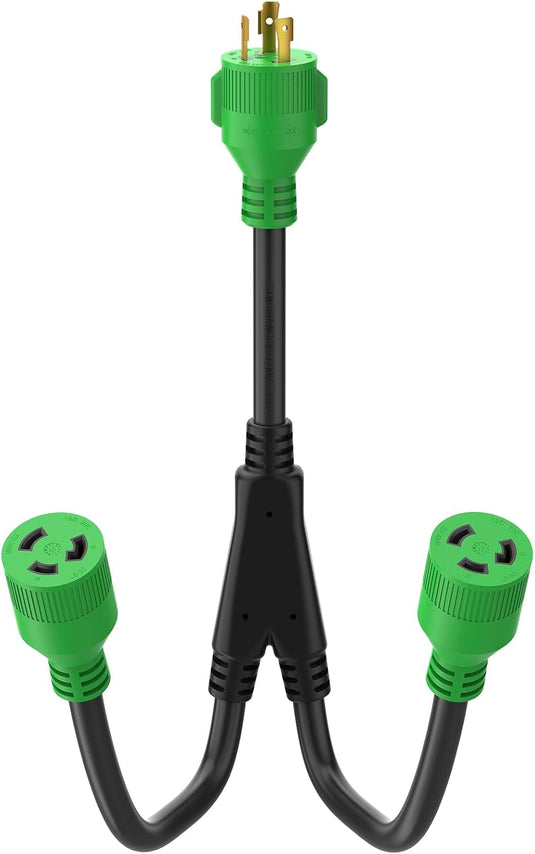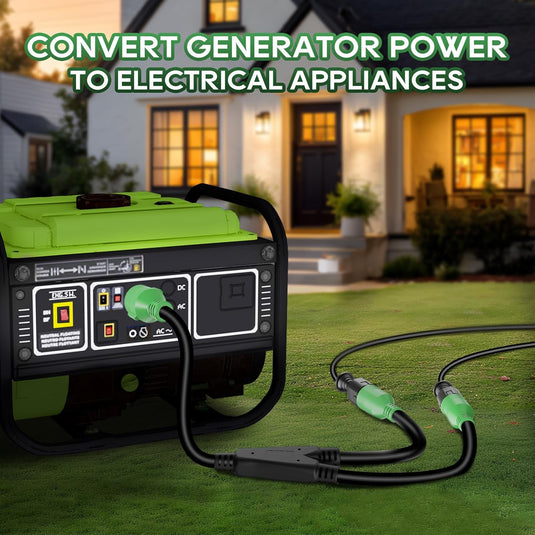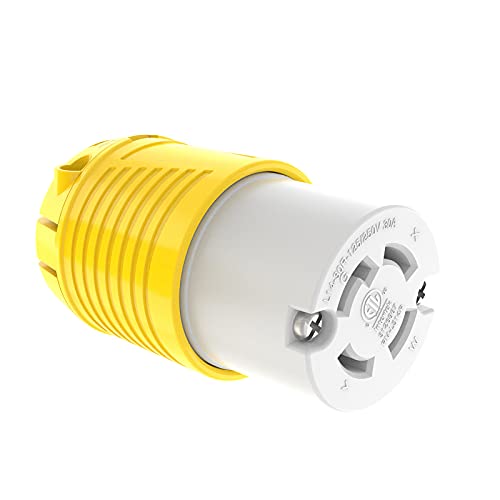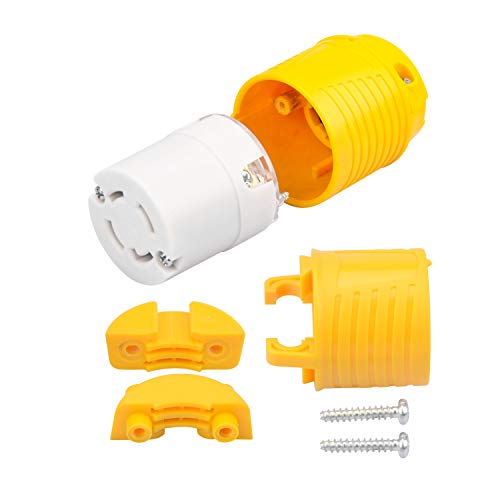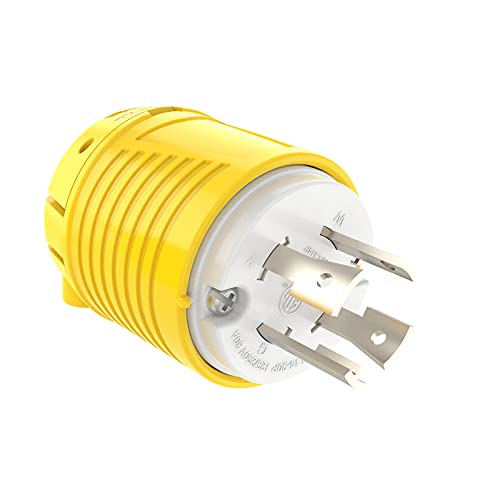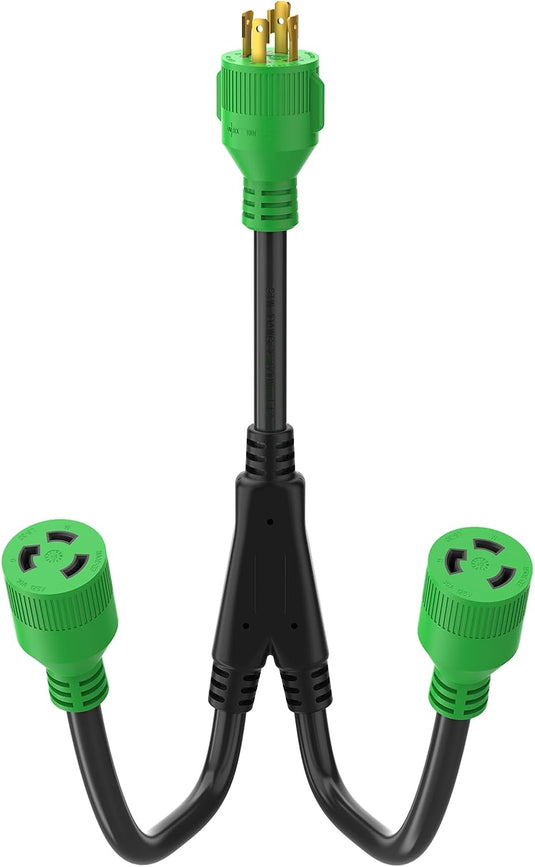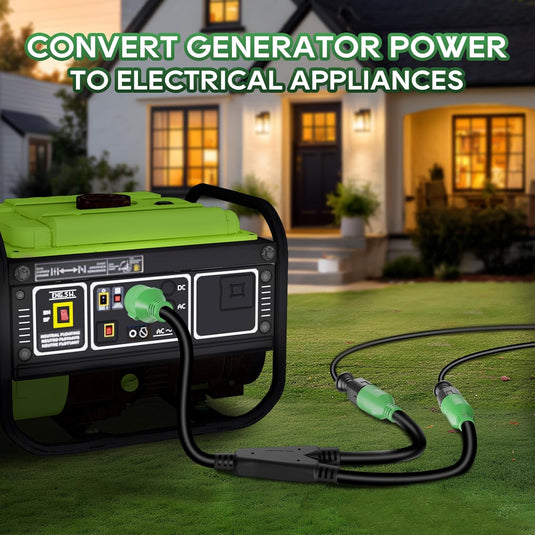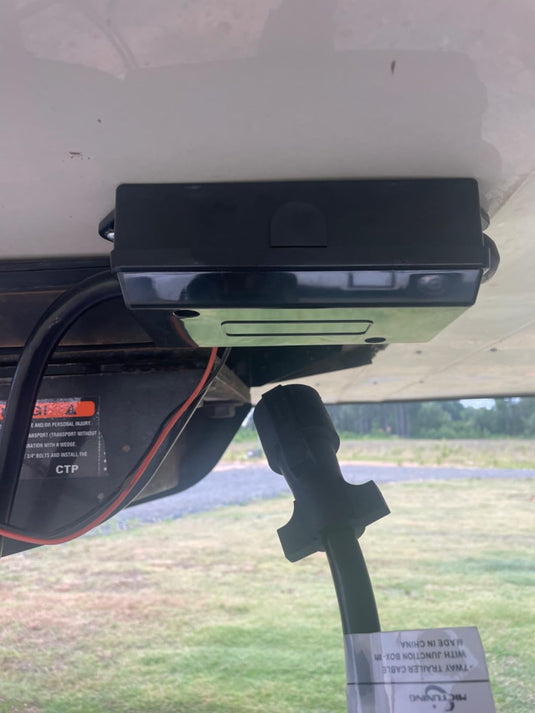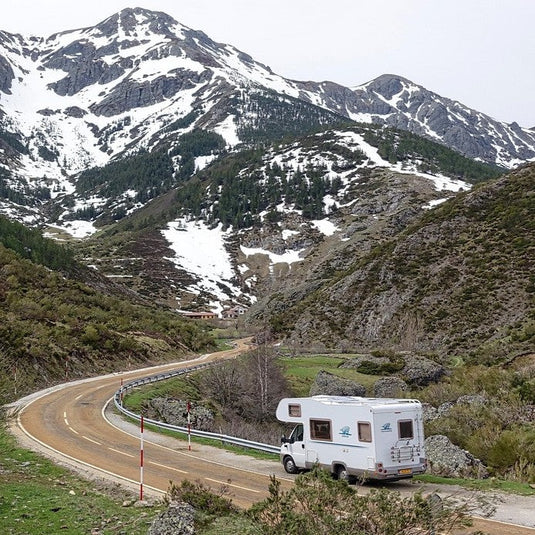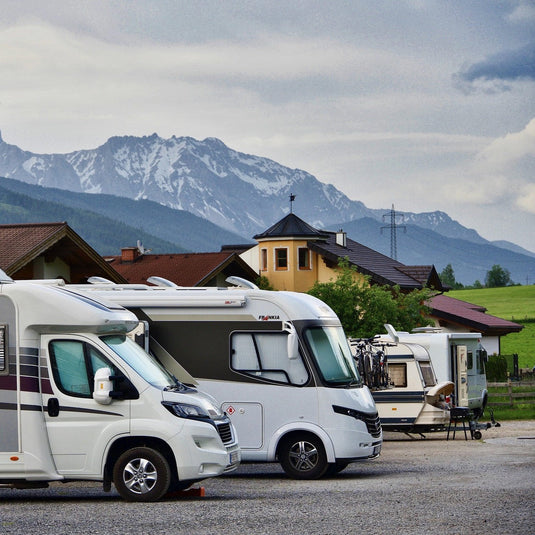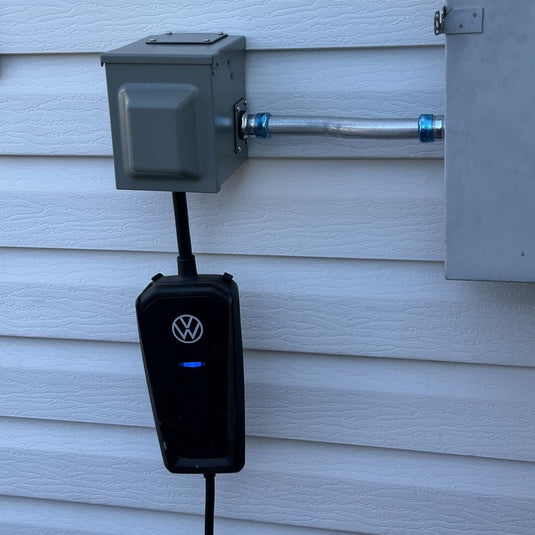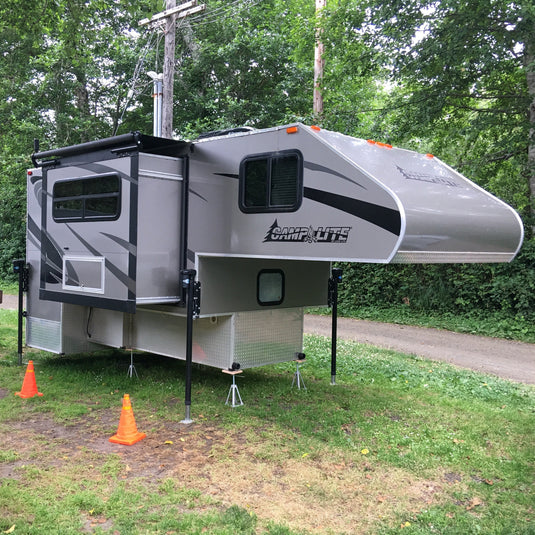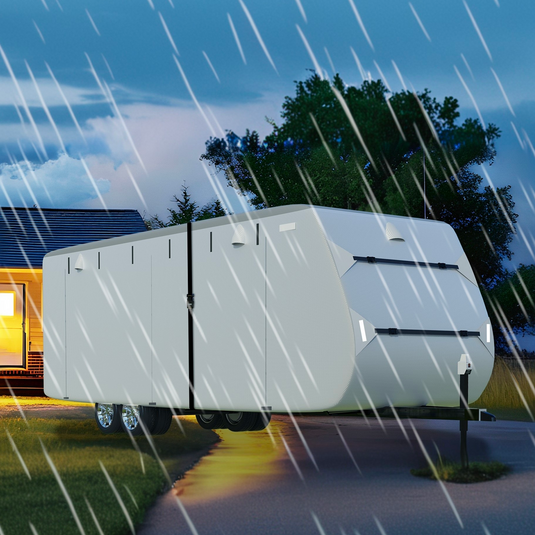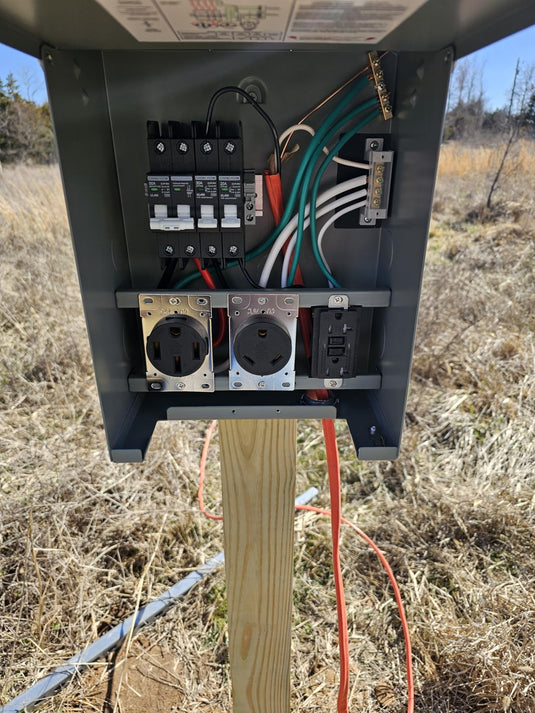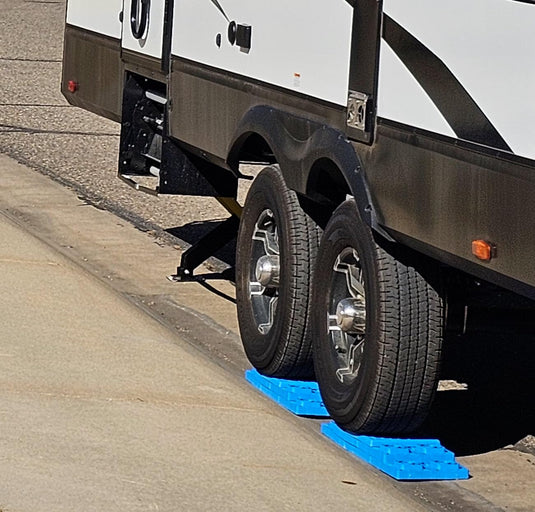
Why Your RV's Power System Hates Holiday & Weekends
Picture this: It's the Fourth of July, fireworks light up the sky, your RV's AC is battling the summer heat—and suddenly, click—the power goes out. You're not alone. Over 60% of RVers experience power interruptions during peak holiday weekends, often due to overloaded generators or faulty connections. While you're securing your power setup, don't forget to check out these RV decorating ideas to make your space festive for the holiday!
The solution? The right generator adapters and extension cords. In this guide, we'll break down:
- Why holiday weekends strain your RV's power system
- 4 essential generator adapters and cords
- How to choose the right setup for your RV and generator
Why Holidays Are the Ultimate Test for Your RV's Power System
1. Holiday Power Demand Spikes
- Air conditioners run non-stop in summer heat (drawing 15-20A each)
- Cooking appliances (microwaves, electric griddles) add 10-15A
- Festive lighting and sound systems push loads even higher
Result: Many RVs exceed their 30A or 50A limits, tripping breakers or damaging equipment.
2. Generator Overload Risks
Generators are lifelines during power surges, but:
- Cheap extension cords melt under sustained loads (standard 16AWG wires overheat at 30A+)
- Incorrect adapters (e.g., forcing a 30A plug into a 50A inlet) can fry your RV's electrical system
That's where industrial-grade adapters and cords come in.
4 Must-Have Generator Adapters & Extension Cords
1. 3 Prong RV Generator Adapter Cord (30A to 30A)
Best for: Standard 30A RVs needing a secure generator connection.
Key Features:
- Locking L5-30P plug – Prevents accidental disconnections
- Flame-retardant casing – Withstands sparks and high temps
- LED power indicator – Confirms live connection
Use Case:
"RVGUARD 30 amp generator adapter cord kept our travel trailer powered during a Texas heatwave—no drops even at 95°F."
Pro Tip:
After installing your power solution, complete your outdoor space with RV rugs for outside that withstand high traffic and summer heat—just like these industrial-grade cords handle electrical loads.
2. 3 Prong RV Generator Adapter Cord (30A to 50A)
Best for: Emergency power when only a 30A generator is available.
Key Features:
- Safe step-up conversion – Delivers 30A power to 50A RVs (requires load management)
- Heavy-duty copper wiring – Handles sustained high loads
Warning:
❗ Never exceed 3,750W total draw when using this RV plug adapter.
3. 30 Amp 4 Prong Generator Extension Cord

Best for: Heavy-duty generators requiring 4-wire connections.
Key Features:
- 4-prong (L14-30) plug – Compatible with industrial generators
-
10AWG wiring – No overheating at max load
Pro Tip:
Use this with welding generators (doubles as a welder extension cord).
4. 30 Amp Generator Extension Cord (Standard)
Best for: Everyday generator use in RVs and campsites.
Key Features:
- 10-gauge pure copper – Safer than cheap 12/14AWG cords
- All-weather jacket – Resists UV rays and moisture
How to Choose the Right Setup
| Your RV | Recommended Adapter | Extension Cord |
|---|---|---|
| 30A System | 30A→30A Adapter | Standard 30A Cord |
| 50A System | 30A→50A Adapter | 4 Prong 30A Cord |
Pro Tip:
- For welding generators, opt for a 4-prong cord (works as a welding extension cord).
- Always check plug compatibility before connecting.
Final Verdict: Don't Risk a Dark Holiday Weekend
A $50-100 investment in quality adapters and cords can prevent:
- $500+ in electrical repairs
- Ruined holiday meals (from fridge failures)
- Emergency RV service calls
Your Action Plan:
- Audit your current cords – Replace any frayed or undersized wires.
- Match adapters to your RV/generator – Use the table above.
- Test before the trip – Ensure all connections are secure.
FAQ
Q: Can I use a household extension cord for my generator?
A: No! Standard cords can't handle 30A+ loads—only use 10AWG+ generator-rated cords.
Q: What's the difference between a 3-prong and 4-prong cord?
A: 4-prong cords add a neutral wire, essential for some industrial generators.
Q: How long should my generator cord be?
A: 10-25 ft is ideal—longer cords increase voltage drop.

